Ayodhya: Acharya Satyendra Das, the chief priest of the Shree Ram Janmabhoomi Temple, responded to the recent survey report by the Archaeological Survey of India (ASI) concerning the Gyanvapi dispute case in Varanasi, where a mosque is built on top of a temple. Expressing his views to the media, Acharya Satyendra Das urged Muslims to peacefully vacate the disputed area and allow Hindus to worship without any hindrance.
Speaking to ANI, Acharya Satyendra Das emphasised, “It has always been a temple. It is good that they made their findings public. People will also get to know that it is a temple. Even though the court has proof, there is no doubt about it now. The court should immediately rule in favour of the Hindu side so that Hindus start worshipping Lord Shiva soon. Those who say there’s a mosque at that site are absolutely wrong. It is a Shiva temple.”
He said that, according to Shariah, Muslims cannot pray in Gyanvapi Masjid as it is built on top of the temple where idol worship took place. He urged that if it is proved that the mosque is indeed built over the temple, the land should be returned to Hindus.
He requested Muslim brothers not to be offended by the words of a few individuals and emphasised the importance of preserving mutual relations and fostering brotherhood.
Archaeological Survey of India Report
The Archaeological Survey of India (ASI) has released a comprehensive survey report on the Gyanvapi mosque, revealing significant findings that point to the presence of a pre-existing Hindu temple on the premises. According to the report, a plethora of terracotta objects, including figurines of deities and fragmentary figures of Lord Hanuman and Lord Ganesha, were discovered from debris in the western wall area of the mosque.
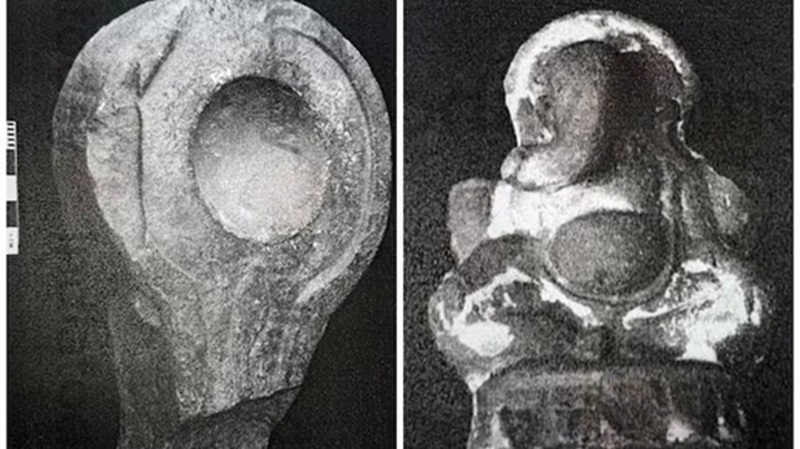
The ASI report details a diverse array of stone objects, encompassing sculptures of deities, varying-sized pestles, household items, and inscribed slabs. Some sculptures represent Shiva linga, Vishnu, Krishna, Hanuman, and Ganesha, among others.
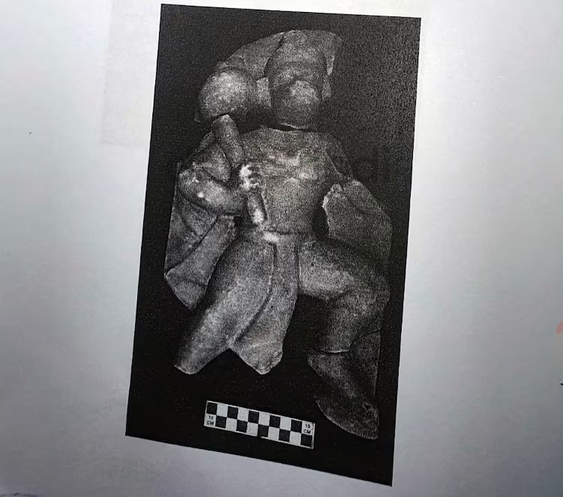
“Different types of terracotta objects recovered during the investigations include figurines of deities, male and female figures, bricks and tiles, sling balls, etc. Fragmentary figures of Hanuman and Ganesha were found from debris in the western wall area,” the report read.
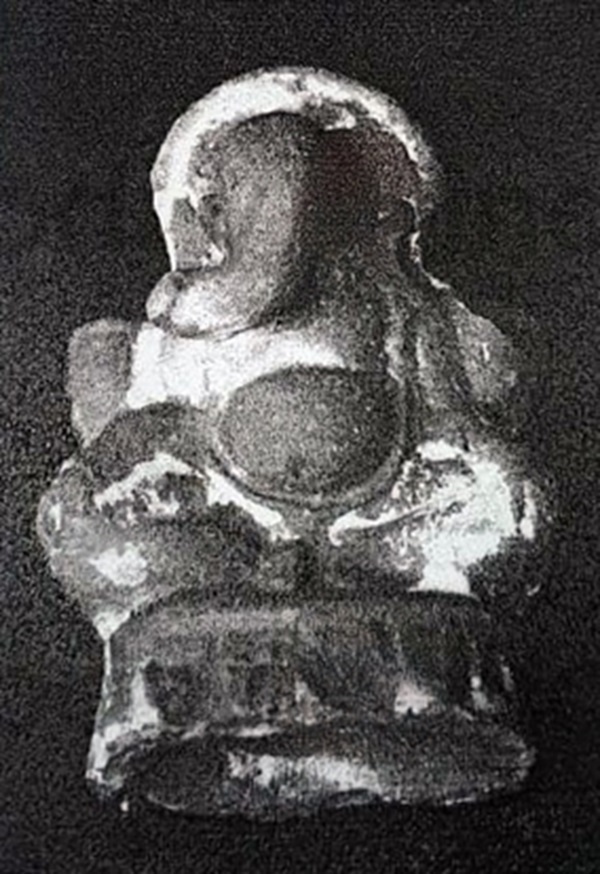
“During the survey two glass objects, i.e. a pendant and a broken Shiva linga were found,” it added.
Coins from different historical periods were excavated from the premises. A hoard of 64 British-India coins, spanning the East India Company era, Queen Victoria’s reign, Edward VII, and George V, were also uncovered. Some coins proved challenging to identify due to corrosion. The report mentioned the discovery of a copper coin belonging to Madhav Rao Scindia.
Significantly, the ASI report suggests that a pre-existing structure at the Gyanvapi mosque complex was potentially destroyed in the 17th century, with part of it modified and reused during subsequent construction. Scientific studies lead to the conclusion that a Hindu temple likely existed on the site before the current structure was constructed.
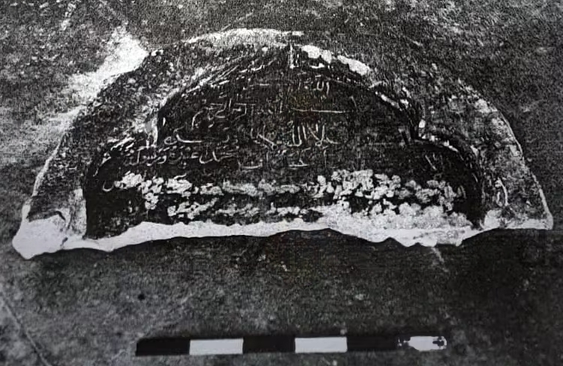



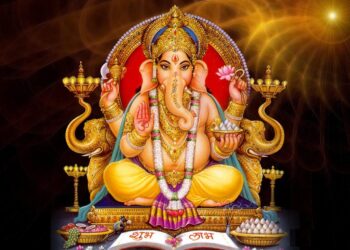
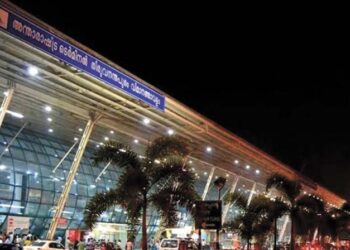








Comments